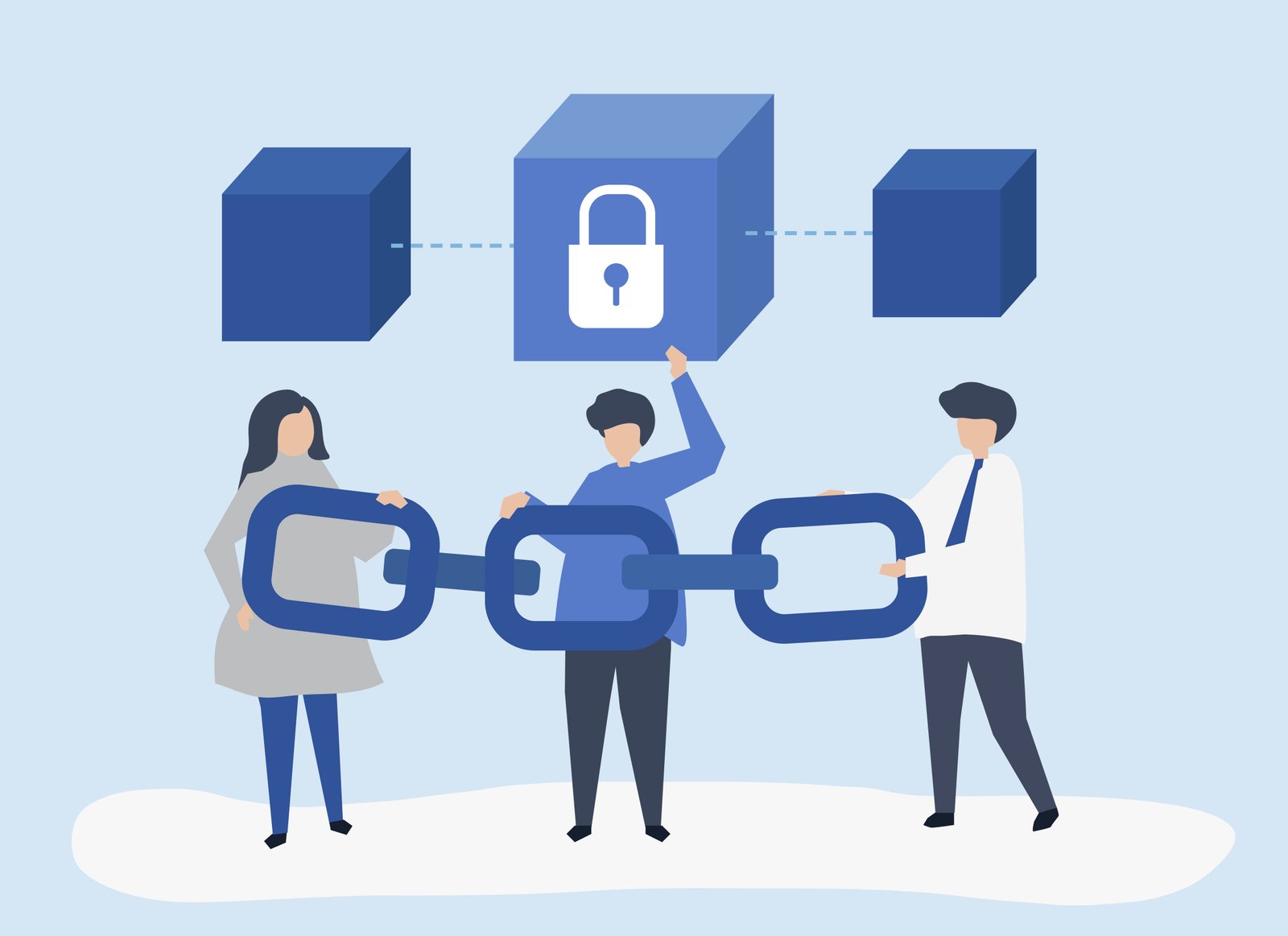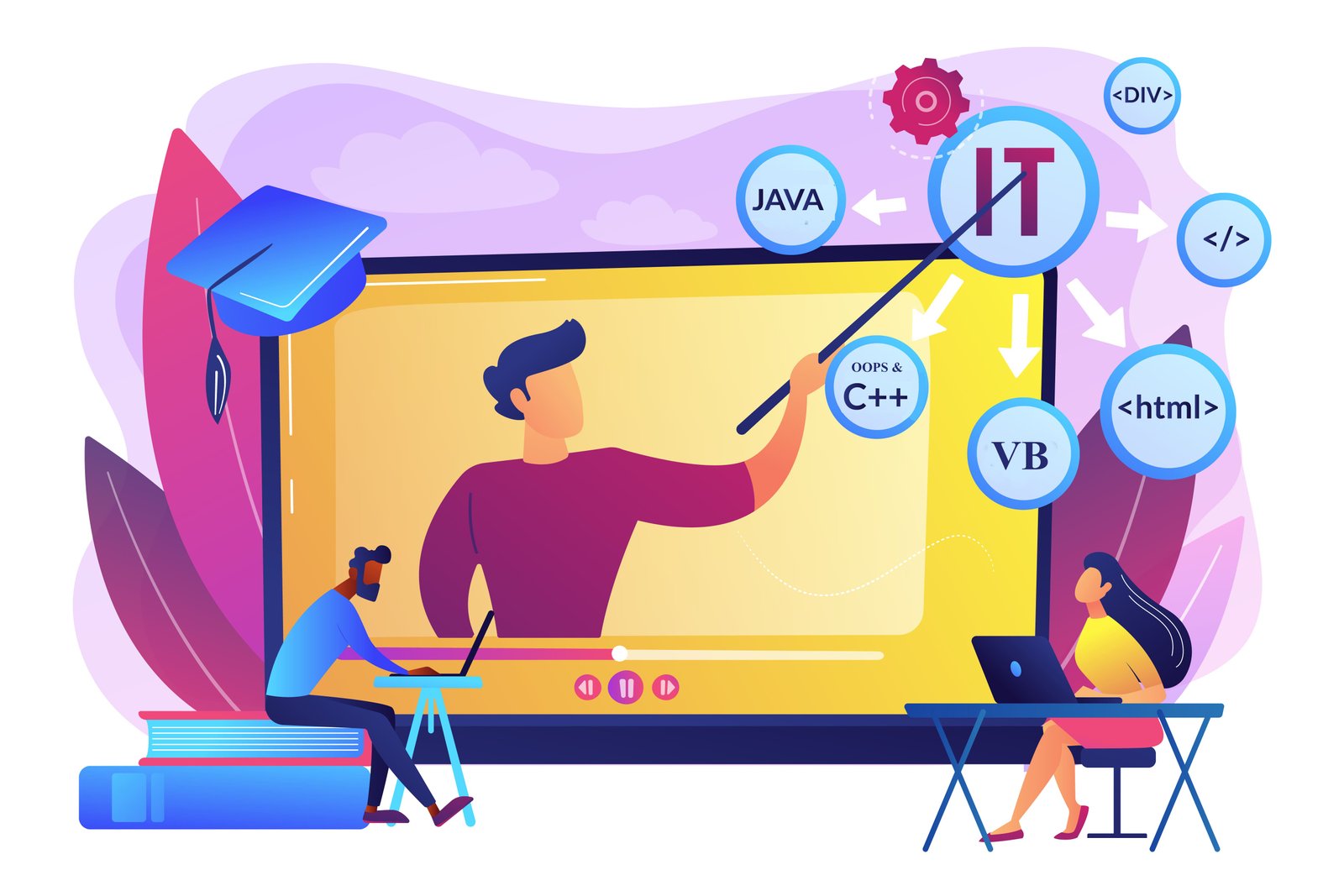
What Is a Blockchain?
A blockchain is a decentralized database that is shared among computer network nodes. A blockchain acts as a database, storing information in electronic form. Blockchains are best known for their critical role in maintaining a secure and decentralized record of transactions in cryptocurrency systems like Bitcoin. The blockchain's innovation is that it ensures the fidelity and security of a data record while also generating trust without the need for a trusted third party.
The structure of data in a blockchain differs from that of a traditional database. A blockchain organizes data into groups called blocks, each of which contains a set of data. Blocks have specific storage capacities, and when they are filled, they are closed and linked to the previous block, forming a data chain known as the blockchain. All new information added after that newly added block is compiled into a new block, which is then added to the chain once it is filled.
Decentralization of Blockchain
Consider a company that owns a server farm with 10,000 computers to keep track of all of its clients' account information. This company owns a warehouse building that houses all of these computers under one roof, and it has complete control over each of them and the data they contain. However, this creates a single point of failure. What happens if the power goes out at that location? What happens if its Internet connection is lost? What if it all goes up in flames? What if a bad actor uses a single keystroke to wipe everything clean? The data is either lost or corrupted in any case.
A blockchain allows the data in a database to be distributed across multiple network nodes in different locations. This not only adds redundancy to the database, but it also ensures that the data stored there is accurate—if one node of the database is altered, the other nodes are not affected, preventing a bad actor from doing so. If one user tampers with Bitcoin's transaction record, all other nodes will cross-reference each other, making it easy to find the node with the incorrect data. This system aids in the establishment of a precise and transparent sequence of events. This way, no single node in the network can change the data it contains.
How Many Blockchains Are There?
Every day, the number of active blockchains grows at an exponential rate. There are over 10,000 active cryptocurrencies based on blockchain as of 2022, with hundreds more non-crypto currency blockchains.
What’s the Difference Between a Private Blockchain and a Public Blockchain?
A public blockchain, also known as an open or permissionless blockchain, is one in which anyone can join and establish a node without restriction. These blockchains must be secured with cryptography and a consensus system-like proof of work due to their open nature (PoW).
A private or permissioned blockchain, on the other hand, necessitates the approval of each node prior to joining. Because nodes are considered trustworthy, the security layers do not need to be as strong.
Syllabus List
- Bitcoin Core Testnet
- Blockchain Architecture
- Blockchain Data
- Blockchain Fundamentals
- Digital Assets on Blockchain
- Ethereum Smart Contracts and Tokens and Daps
- Managing Blockchain Transactions
- Private Blockchains







